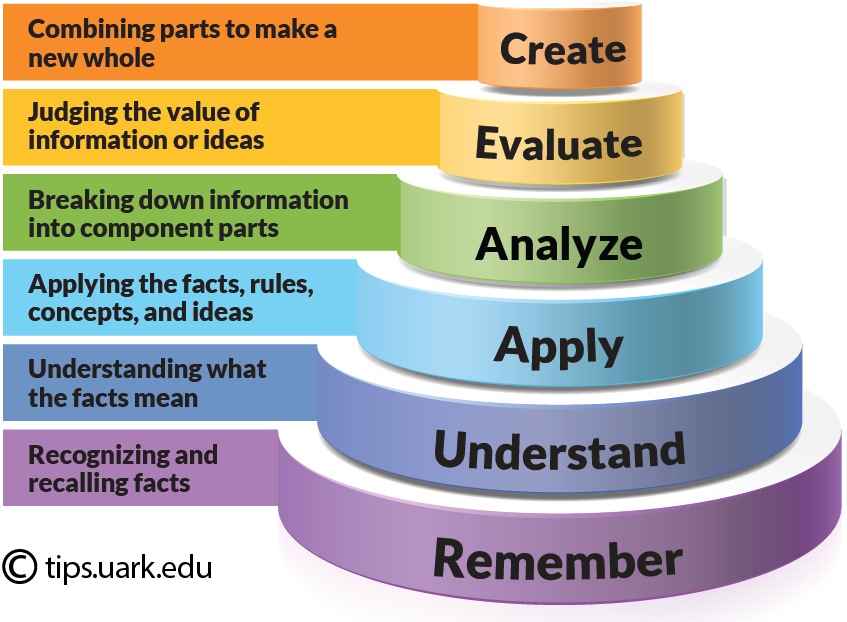Well, this
is the final blog post and assignment for EME course but just because this
class is ending does not mean the skills I have gained along the way will just
stop there. I will be honest, at the beginning of this course I was dreading
having to take this class. I knew it could help me because technology is not
really my forte but I knew it would be a long process and one I thought I was
going to not really enjoy. However, that is really not the case here. I have to
say I learned so much from this course and I did not dread learning new
elements along the way.
Here, I
learned the fundamentals of teaching with technology and the foundations of a
new language. Marcinek’s article on, “Technology and teaching: Finding a
balance” she refers to apps and other technological aids as opportunities
rather than apps. That is key here, the word opportunities because that is
exactly what this course has brought to me. The opportunity of where technology
can lead me as person and as teacher. It has brought to my attention that
technology is the new way of learning and is a new literacy one must obtain in
order to be digitally literate and be current with today’s world. She also
talks about finding that perfect balance; this is something our textbook mentioned
with examples when talking about what technology should be used in what way. It
is important we learn what kind of technology is the right kind of technology to
use in order to correspond to the lessons we are trying to teach (Marcinek,
2014).
I want to
discuss this in a little more depth because I feel it is the best way I can
describe this course. This is a chart that I used in the previous assignment
but I never really explained. It is the Bloom’s Taxonomy chart the renewed
version. This displays different levels of learning. Levels one and two are remembering
and understanding, so here is where we start to be presented information over
and over and then are able to recall what those specific things are within that
context. Then we have levels three and four applying and analyzing, this is
important because this is where we try to apply the things we learned and started
to understand but in a different way,
for instance hyperlinking, using citations in apa, embedding, etc. Then we have
the last two levels evaluating and creating. This is where we have higher level
thinking and start to display digital literacy as well as critical thinking
skills. This has been my favorite part because we put our knowledge that we
gained into creating something that has our own personal touches on them. We
applied tools and techniques while also learning others by creating websites,
rubrics, and even communication. This course has helped me in my other classes
as well. Just as an example, I have been taking the EDF teaching class as well
and there are assignments in this course which required the evaluation and
creation of rubrics and websites that I was able to apply and create again in
my other classes. The WebQuest in particular has been one of my favorite
assignments and something I have been using ever since. I felt it really has
added value all over as well as many others.
I am happy
that I have completed this course but like I said just because this course has
ended does not mean my skills will. I will definitely apply what I have learned
to future classes and classrooms. I understand the importance of teaching with
technology and how it will enhance students learning for every kind of student.
It is my job as a future teacher to take advantage of every opportunity possible
to educate myself in order to educate my students because, “t is a universal
language spoken by the entire world” (Marcinek, 2014).
These are 10 Tips I would recommend to someone being introduced to technology and a course similar to this.
References
Marcinek, A. (2014, March 11). Technology and teaching:
Finding a balance. Retrieved October 12, 2016, from Technology Integration, https://www.edutopia.org/blog/technology-and-teaching-finding-balance-andrew-marcinek
Retrieved December 11, 2016, from https://tips.uark.edu/wp-content/uploads/2013/09/Blooms_Taxonomy_pyramid_cake-style-use-with-permission.jpg
LisaStroschine’s channel (2013, April 30). 10 tips
for teaching with technology Retrieved from https://www.youtube.com/watch?v=zTQN73tWVpI



